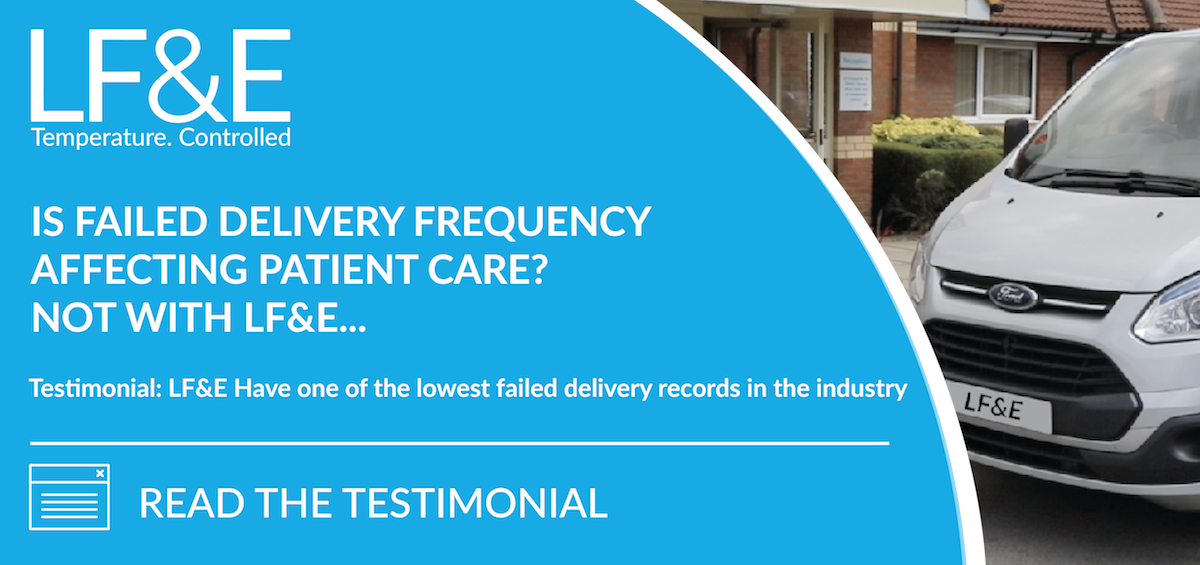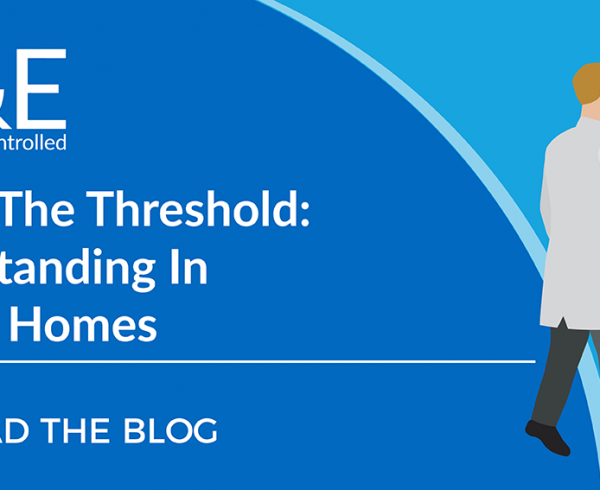The importance of maintaining standards to reduce failed delivery frequency for home care clients and their patients is a responsibility here at LF&E that we take seriously deliveries to patients.
Failed Delivery Frequency
The impact of failed or wrong deliveries can have serious negative consequences. All trusts have procedures in place when failed delivers occur, tight regulation to code these to specific categories, some examples are:
- Missed/late deliveries
A total of all deliveries that, for whatever reason, are missed or do not arrive on the expected day of delivery.
This does not cover deliveries that are outside the two-hour window unless, as a result of missing the two-hour window, the delivery has to be scheduled for another day.
- Delivery to the wrong location
Deliveries that are supplied to any location other than the location expected by the patient for that delivery.
- Missing/incorrect ancillary item
Deliveries that contain an ancillary item that is incorrect or deliveries that are missing an expected ancillary item
What can the courier do to prevent their delivery service failing and contributing to a poor performance that affects patient care?
Why do Failed Deliveries Occur
- There are a number of reasons failed deliveries occur, sometimes it’s at the source of the medicines identification and handover to the courier. An experienced courier employing full time trained drivers get to know the patients and their medicines, they have the benefit of continuity of service deliveries can help reduce failed deliveries.
- Other times the courier can contribute if poor planning or poor routeing, this can be easily avoided with the correct Paragon routeing software and infrastructure, as a professional medicine company, employing the very best couriers with the best infrastructure should be a minimum viable operating standard to reduce failed deliveries.
- Of course, there are just genuine occasions when the delivery time slot (say a two-hour window) is missed for genuine reasons like traffic or major incidents. However being able to track the vehicles deliveries and communicate with the Homecare provider, or patient can ensure updates are provided when those genuine incidents occur.
LF&E are pleased to operate to one of the lowest failed delivery rates in the sector, check out this testimonial from Natalie Peat, the Lead Homecare Technician at BioDose Services.
“Hi Jason,
I attended a service review meeting with West Cumberland Hospital last week and they have compared the failed delivery frequency across all of the homecare providers.
I am pleased to tell you that Biodose Services/LF&E one of the lowest number of failed deliveries with a result of <0.2% across the service and feedback from patients is nothing but positive!
A big thank you to you and all the staff at LF&E for helping us to keep up the excellent service.
Natalie Peat, West Cumberland Hospital“
Looking to improve your failed delivery rate? Contact the LF&E team today on 0845 64 30 138 to set up a no obligation discussion with one of our team.







Leave a Comment